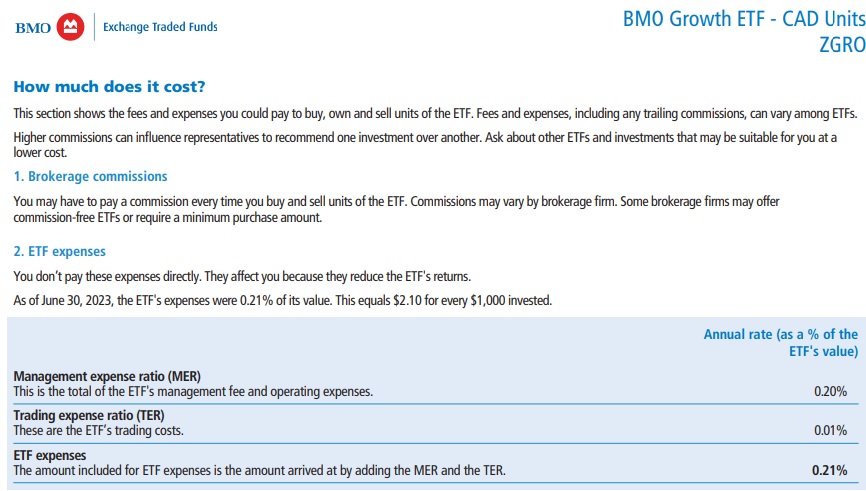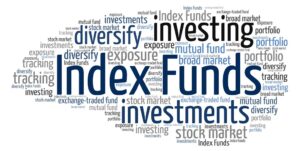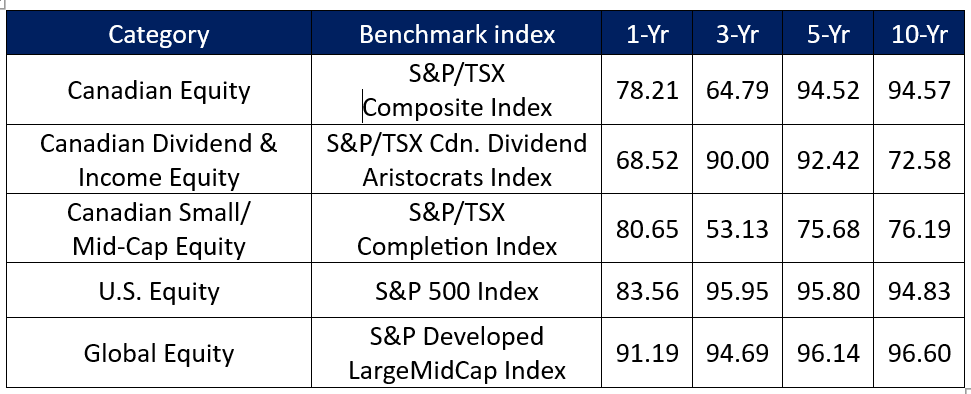
Special to Financial Independence Hub
Financial freedom: everyone knows what it means, but few understand how to achieve it. Those who do understand the role of automation in the process and how it allows them to focus on other vital actions necessary to reach their goals. Automating repetitive manual tasks can streamline financial management and improve decision-making.
Strategies for Automating your Finances
Becoming financially independent requires the right habits. However, consistently following a set pattern for saving, budgeting and other money-related activities can quickly feel repetitive. Automation can take care of the boring stuff, saving time and giving you more control over your financial situation. Here are some ways to go about it.
Automate Bills and Recurring Expenses
Bills you pay regularly — such as rent, mortgage, utilities, credit cards and subscriptions — take a significant part of your budget. These payments can cause stress and anxiety, especially if you have to keep track of them manually. Most banks offer automatic debit arrangements that deduct monthly payments from your account on or before specified dates, ensuring your expenses are always covered on time.
Use a Budgeting App to Track Spending
Building long-term wealth begins with knowing where your dollars are going and how changing prices affect your budget. If you need help with your finances, a budgeting app will be your best friend.
These platforms can simplify expense tracking and help you identify where to scale back. Several are available, so feel free to explore until you find one best suited to your requirements.
Set up Automatic Transfers to your Savings Account
It’s easy to forget to transfer funds into your savings account, especially if you have many financial obligations. Like your recurring payments, you can also automate your financial conservation efforts. This method can help eliminate the emotional side of decision-making that often makes saving money difficult.
Set Investments on Autopilot
Investing is a powerful way to grow your finances, but the inherent risks can be off-putting. Consider using a robo-advisor or investment bot to manage your portfolio, make data-driven decisions and minimize the time required to manage your investments.
For example, AI stock-trading programs can analyze historical information and current trends to predict market shifts, cluing you in on when to buy or sell a particular stock. Some systems can even tailor recommendations based on your budget and automatically make investing choices based on set parameters.
How Automation gets you Closer to Financial Independence
Financial freedom starts with defined goals backed by intentional action. Automation plays a massive role in shortening the path to achieving these objectives. Ideally, a well-framed goal only requires 3–5 steps to accomplish: anything more than that will likely complicate the process. Continue Reading…







